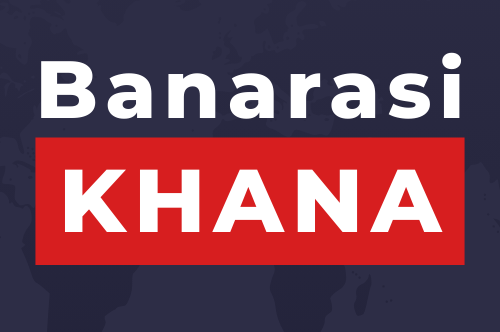Artificial intelligence (AI) is revolutionizing the way we create content. From writing articles and generating music to creating visual art and designing logos, AI is increasingly being used to assist or even lead the creative process. This shift is raising questions about the potential of AI content creation and the role of human creativity in the age of artificial intelligence.
AI content creation is already making a significant impact in various fields. For instance, in the music industry, AI is being used to compose music, generate lyrics, and even produce entire songs. AI algorithms can analyze massive datasets of existing music to identify patterns and then create new compositions that mimic the style of a specific artist or genre. This has the potential to revolutionize music production, allowing musicians to access a wide range of musical styles and ideas with just a few clicks.
Similarly, in the field of visual arts, AI is being used to create stunning and realistic images. AI algorithms can analyze existing artwork and use that information to generate new pieces in various styles. This has opened up new possibilities for artists, allowing them to explore new techniques and styles while pushing the boundaries of creativity.
In the realm of writing, AI is also gaining traction as a tool for content creation. With advanced natural language processing capabilities, AI can now generate articles, stories, and even poetry with surprising coherence and creativity. This has the potential to transform the publishing industry, as AI-generated content becomes more prevalent and widely accepted.
However, while AI content creation holds great potential, it also raises concerns about the future of human creativity. Some worry that AI could replace human artists and writers, leading to a homogenization of creative output. However, others argue that AI has the potential to complement human creativity, providing new tools and resources to expand artistic expression.
In reality, AI content creation is still in its early stages, and there are many limitations to how creative AI can truly be. While AI can mimic existing styles and techniques, it struggles to replicate the depth and complexity of human creativity. Human artists and writers bring a unique perspective, emotion, and experience to their work that AI lacks.
Moreover, AI content creation requires input and guidance from human creators. AI algorithms rely on extensive datasets to produce content, meaning that the quality and diversity of the input can significantly impact the output. Human oversight is crucial to ensuring that AI-generated content aligns with ethical and artistic standards.
Ultimately, the potential of AI content creation lies in its ability to augment human creativity and provide new tools for artistic expression. By leveraging AI, artists and writers can explore new ideas, styles, and techniques, enhancing their creativity and reaching new levels of innovation. Instead of replacing human creativity, AI has the potential to enhance it, offering new ways to collaborate and create.
As AI continues to advance, its impact on content creation will continue to evolve. It is essential for creators and industry professionals to engage in discussions about the ethical and artistic implications of AI content creation. By embracing the potential of AI and harnessing its capabilities responsibly, we can ensure that AI content creation becomes a valuable asset for the creative community.






